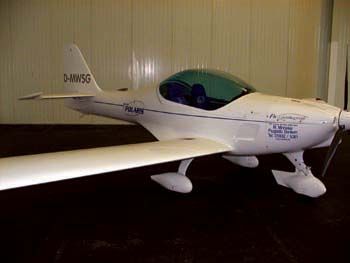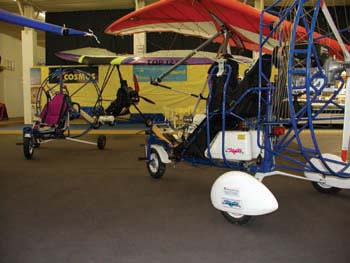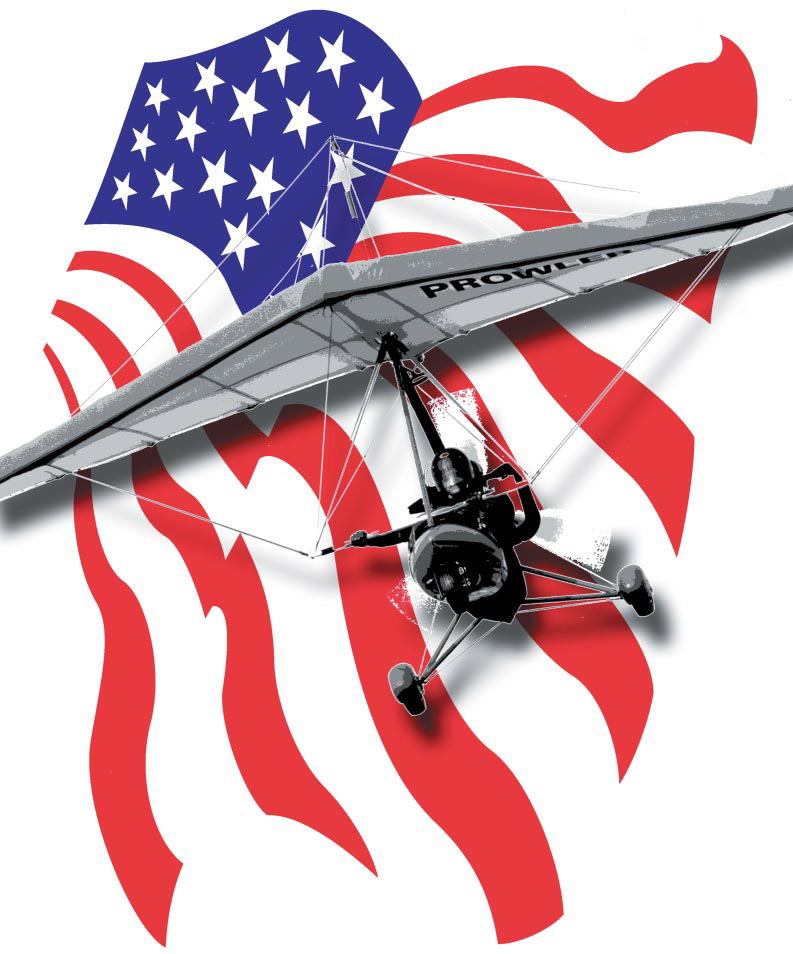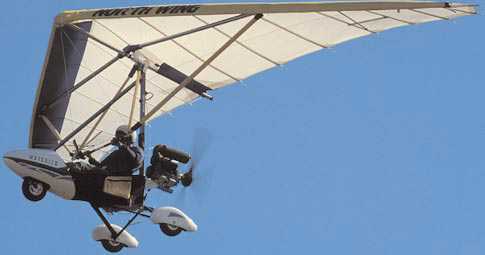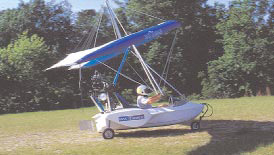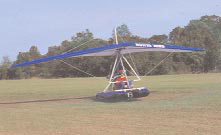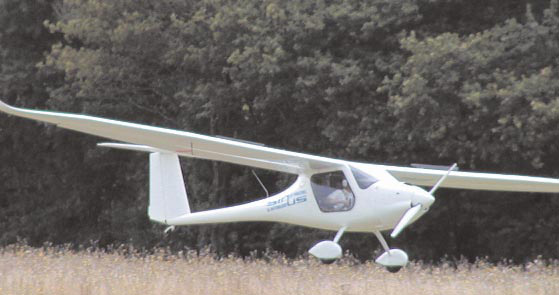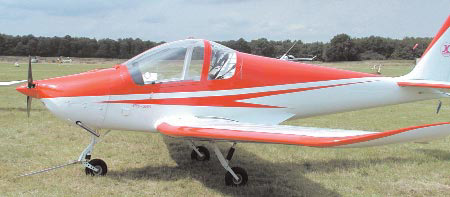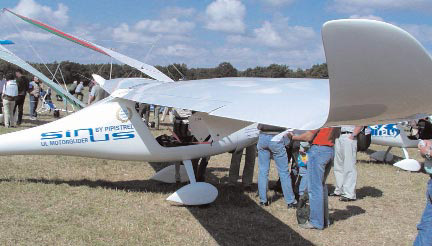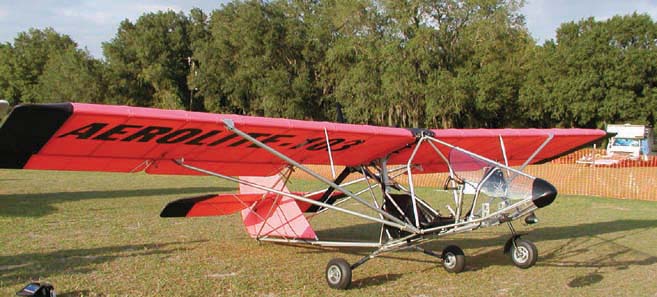
Events of last fall changed many things, among them the FAA’s action to push through the proposed sport pilot rule with its definition of a new class of aircraft. Work on the proposed rule has slowed as the FAA focuses on efforts to ensure the air transport system is intact for millions of airline travelers. New rules for aircraft flown primarily for fun were necessarily put on the back burner. As we’ve noted in these pages before, the proposed rule offers significant promise to light aviation, and many experts are sure that the sport pilot NPRM (notice of proposed rulemaking) will still be released for public comment, followed at some point by a new rule. Certainly it represents a breath of fresh air, and that may be just what a beleaguered FAA needs come springtime. Possibilities I’ve had the pleasure of flying a great many of the light aircraft introduced over the last 25 years.








